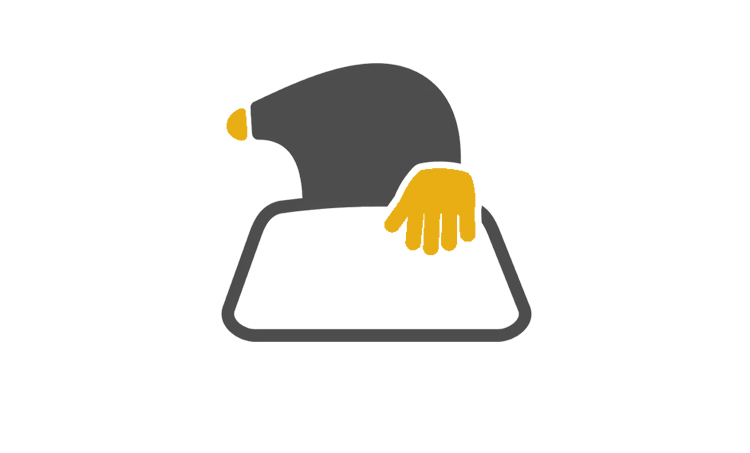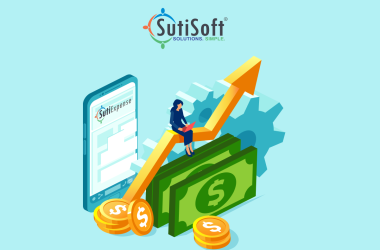Collecting payments shouldn’t be harder than selling the policy. Yet for many agencies, it still is. Traditional billing methods—paper invoices, manual bank transfers, cheque handling—aren’t just time-consuming; they create unnecessary friction between the client and the policy they’ve agreed to buy.
As digital payments become the standard in sectors like retail, hospitality, and SaaS, insurance is catching up. E-invoicing and payment automation aren’t just about convenience. They’re tools that can transform cash flow, simplify collections, and offer clients the smooth experience they now expect from any service provider.
From Paper-Based Billing to Digital-First Payments
Many agencies still rely on outdated processes to issue invoices and track payments. That might work in low-volume environments, but as policy offerings grow and customer expectations shift, manual invoicing introduces more room for error and delay.
E-invoicing tools automatically generate and send invoices when triggered by events—policy issuance, renewal, endorsement, or mid-term adjustments. Clients receive a digital invoice with clear payment instructions, often embedded with payment links, due dates, and automatic reminders.
What used to take hours of admin work can now happen instantly. More importantly, it allows for more transparency and reduces those awkward follow-up emails chasing unpaid premiums.
Meeting the Expectations of Modern Policyholders
People are used to paying bills online. From their electricity account to their gym membership, digital payment options are now the default. Insurance clients, particularly younger ones or business clients, expect the same from their agents and brokers.
If paying for a policy still requires printing a PDF, logging into a separate banking app, and entering account details manually, you’re introducing friction into what could be a fast, satisfying transaction. It may even cause a delay in coverage or, worse, a lost sale.
E-invoicing paired with digital payments bridges that gap. Clients can click to pay with a credit card, debit card, or direct bank transfer—on desktop or mobile, right when they’re reviewing the invoice.
Improving Cash Flow Without Sacrificing Customer Experience
One of the biggest benefits of adopting e-invoicing is improved cash flow. Agencies that rely on manual collection often deal with delayed payments, which affects budgeting, carrier payments, and commission cycles.
By automating invoice reminders and making it easier to pay, digital billing systems encourage on-time payments and reduce the administrative overhead of chasing late accounts. Payment statuses can sync with your CRM or policy admin system in real time, allowing you to spot issues early and follow up with context.
For an insurance agency operating at scale—or even one trying to grow sustainably—cash flow predictability makes a major difference in both operations and strategic planning.
Opportunities for Payment Personalization
Digital payments also open the door for flexible payment plans. Rather than requiring full payment upfront, agencies can offer structured billing options, subscription-style models, or installment plans for clients who prefer to spread out costs.
This flexibility isn’t just a nice-to-have—it can be the deciding factor for clients weighing multiple insurance providers. By giving them control over how and when they pay, you’re offering a better client experience and increasing your chances of winning the sale.
Some systems even allow clients to store payment details securely, opt into auto-pay, or receive text reminders before due dates. These small touches add up to a more streamlined relationship.
Integrating with Fintech Solutions and Ecosystems
Fintech tools are no longer just for startups or banks. Many of them are built to plug directly into existing insurance platforms or accounting software. Whether you’re using Xero, QuickBooks, or a specialized policy admin tool, there are integrations that bring invoicing and payment automation into your workflow.
This means agencies don’t need to build custom systems or take on massive IT projects to modernize. Most digital invoicing tools today offer ready-made APIs or plug-and-play options that make implementation relatively simple.
The result is a seamless bridge between policy generation and payment collection—a smoother path from quote to closed deal.
Security, Compliance, and Peace of Mind
Of course, handling payments and client data comes with serious responsibility. The good news is that modern payment platforms have built-in compliance and encryption protocols that meet or exceed industry standards.
Using a verified payment gateway ensures that transactions are processed securely, with protections in place for both the agency and the client. From PCI compliance to fraud detection, today’s fintech solutions are designed with security at the core.
Agencies that adopt these tools also signal to clients that they take data privacy seriously—something that builds trust, especially when handling sensitive financial or personal information.
Final Thought
Modernizing billing and collections isn’t just about going paperless. It’s about giving clients the experience they expect, making internal operations more efficient, and aligning with the way business is done across other industries.
E-invoicing and digital payments aren’t a trend—they’re quickly becoming the baseline. Insurance agencies that embrace these tools not only simplify their back office, but also enhance every interaction clients have with their brand.






